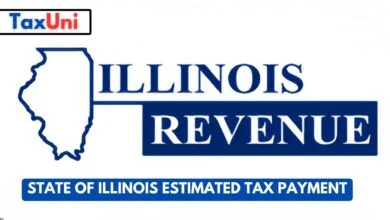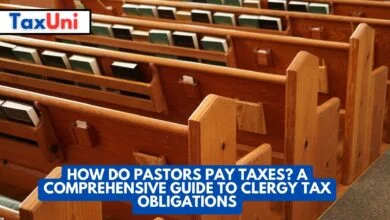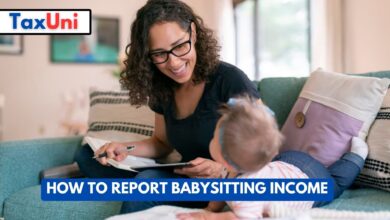Social Security Equivalent Benefits
SSEBs, or Social Security Equivalent Benefits, are benefits paid to employees of certain government agencies or organizations that do not participate in the Social Security system. Here is an overview of SSEBs, including examples and how they work.

Contents
Social Security Equivalent Benefits, SSEBs for short, are intended to provide a similar level of retirement, disability, and survivor benefits to those available under the Social Security system. SSEBs are calculated based on a formula that takes into account the employee’s earnings and years of service. For CSRS employees, the formula includes a “windfall elimination provision” that reduces the SSEB if the employee also receives a pension based on work not covered by Social Security. For state and local government employees, the formula may include a “government pension offset” that reduces the SSEB if the employee also receives a pension from the non-Social Security-covered retirement system.
Who is Eligible for SSEBs?
Employees of certain government agencies and organizations that do not participate in the Social Security system are eligible for SSEBs, or Social Security Equivalent Benefits. Here are some examples of who may be eligible:
- Federal employees hired before 1984 were covered under the Civil Service Retirement System (CSRS) instead of Social Security.
- State and local government employees in certain states who are covered under a retirement system that does not participate in Social Security. Examples include California Public Employees’ Retirement System (CalPERS) employees and the Texas Teacher Retirement System.
- Employees of some non-profit organizations, such as religious groups and educational institutions, have opted out of the Social Security system.
- Employees of certain foreign governments or international organizations who are exempt from Social Security taxes under a totalization agreement between the U.S. and the foreign country.
- Railroad employees are covered under the Railroad Retirement system instead of Social Security.
- Some employees of public universities or colleges participate in a retirement plan that does not include Social Security.
Not all employees of these types of organizations are eligible for SSEBs, and the eligibility requirements and benefit calculations can vary based on the specific retirement system or organization. It is recommended that individuals contact their retirement system or organization to determine if they are eligible for SSEBs.

How are SSEB Benefits Calculated?
SSEB benefits are calculated based on the years of service and the employee’s earnings history. The formula used to calculate SSEB benefits is similar to the formula used to calculate Social Security benefits. However, the formula used to calculate SSEB benefits is based on the employee’s earnings history while working for a foreign government or international organization.
How do I Apply for SSEB Benefits?
To apply for SSEB benefits, you must contact the Social Security Administration (SSA) and provide them with information about your work history and earnings while working for a foreign government or international organization. The SSA will then determine if you are eligible for SSEB benefits and will calculate the number of your benefits.
What Happens if I am Eligible for both Social Security and SSEB Benefits?
You will receive a reduced Social Security benefit if you are eligible for both Social Security and SSEB benefits. This reduction is known as the Windfall Elimination Provision (WEP) and is designed to prevent individuals who receive a pension from a government job that did not pay Social Security taxes from receiving a higher Social Security benefit than those who worked in jobs that did pay Social Security taxes.





